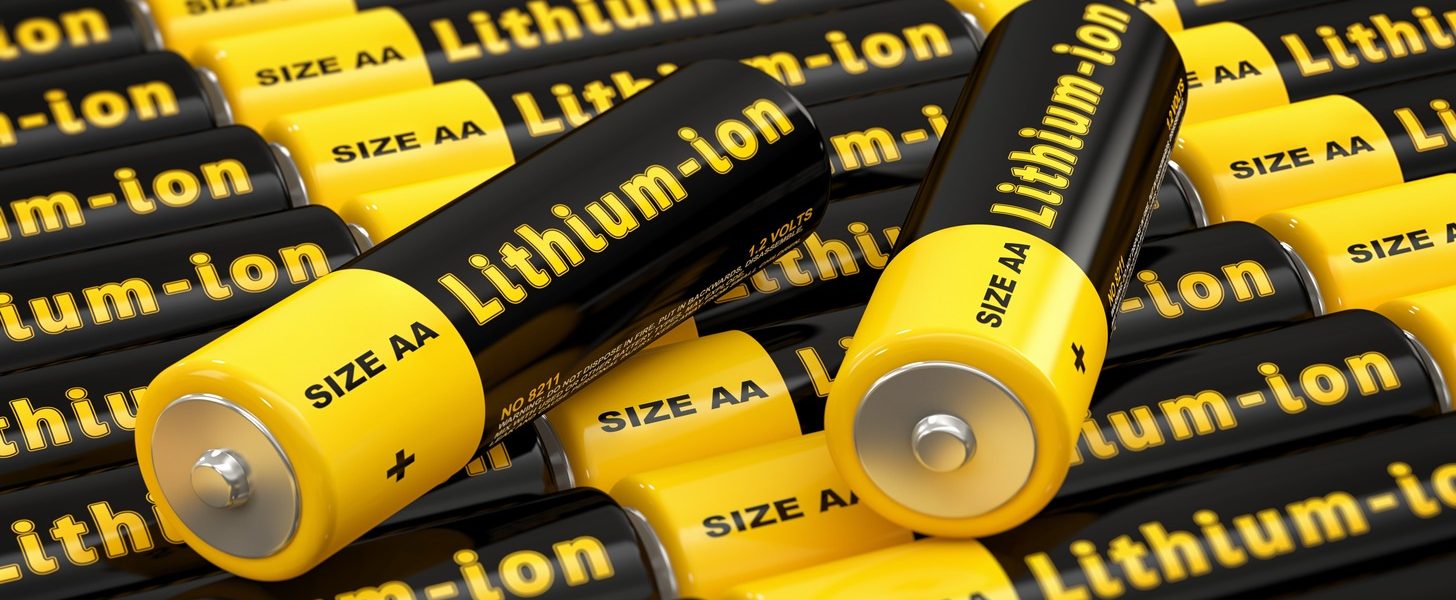Lithium-ion batteries, long utilized in personal electronics, are now transforming the industrial and material-handling equipment sectors. Their fast-charging capabilities, extended lifespan, and low maintenance requirements make them an appealing choice for companies that rely on forklifts, pallet jacks, and other operational equipment.
While lithium-ion battery packs typically require a higher initial investment compared to alternatives like lead-acid batteries, they offer numerous long-term benefits that can ultimately reduce costs over time. This is why maximizing lithium-ion battery lifespan is crucial. To ensure you get the most out of your investment, it’s important to buy battery packs from reputable sources. Here are five steps to help you extend the life of your lithium-ion batteries:
Implement Smart Battery Management
Utilizing lithium-ion batteries equipped with a smart battery management system offers several advantages for your fleet. By connecting onboard computers to the cloud, fleet managers can access vital data regarding battery health and usage. Features of effective battery management systems include:
- Low Battery Alerts: These notifications inform staff when a battery needs recharging, preventing damage and ensuring warranty protection.
- Comprehensive Battery Metrics Tracking: Metrics are reported wirelessly through local networks or cellular connections to the cloud, allowing for early detection of potential issues before they lead to equipment downtime.
- Temperature Monitoring: Keeping track of cell temperatures ensures they remain within safe charging and operating ranges.
Avoid Overcharging
Overcharging can lead to dendrite formation, which negatively impacts battery longevity. When charging lithium-ion batteries, more isn’t always better. To avoid overcharging and expand the lifespan of your lithium batteries, make sure your battery pack is equipped with a reliable battery regulator. This regulator, or balancer, provides several key functions:
- Cell Balancing: It maintains balance among individual cells, which may have varying capacities or state-of-charge levels.
- Discharge Management: It halts discharging when the cell with the lowest capacity is depleted.
- Protection for Smaller Cells: It prevents smaller cells from being overcharged, which can occur if a larger cell is filling up. A battery without a regulator risks damaging smaller cells during charging.
Lithium-ion batteries with smart management systems should incorporate active balancing features through a battery regulator, ensuring optimal performance and longevity.

Avoid Deep Cycling
Deep discharges can stress lithium-ion batteries, while partial charges are much safer and can extend their lifespan. Notably, lithium battery packs do not suffer from memory effects, making partial charging feasible.
This is particularly useful for companies that utilize equipment in shifts. Teams are encouraged to charge lithium-ion batteries opportunistically throughout the day—whether between tasks or during breaks.
It’s also crucial to maintain lithium-ion batteries that are at least partially charged. Allowing them to drop to low levels may activate protective circuits, causing them to shut down.
Avoid Extreme Temperatures
Lithium-ion batteries are robust and require minimal maintenance, including cooling periods, thanks to their onboard heaters that regulate temperatures in cold conditions. However, they remain susceptible to damage if stored or charged outside of recommended temperature ranges.
To maximize the lifespan of lithium-ion batteries, view the following tips:
- Avoid extreme temperatures. Prolonged exposure to extreme conditions can degrade the health of these batteries. For cold weather applications, ensure the battery is equipped with a heater managed by the battery management system to prevent charging below freezing.
- Follow manufacturer specifications. Adhering to these guidelines will provide precise parameters for optimal performance. Generally, charging is safe between 32°F and 113°F and discharging between -40°F and 131°F.
- Store at a partial charge in a cool environment. Batteries should ideally be kept at a 40% to 50% state of charge while in storage. Even when turned off, batteries will gradually discharge, so it’s advisable to check their charge every few months to ensure it does not fall below 20%.
Ensure UL Listing
Underwriters Laboratories (UL) subjects products to rigorous testing to help companies deliver trustworthy items in the marketplace. Products awarded a UL Listing must comply with nationally recognized safety standards, instilling confidence in the material handling industry regarding product safety.
A UL certification also guarantees the presence of protective features that enhance quality and ensure long-term use, including:
- Main power fuse
- Protective breaker
- Over-voltage protection
- Temperature protection
- Stable chemistry





